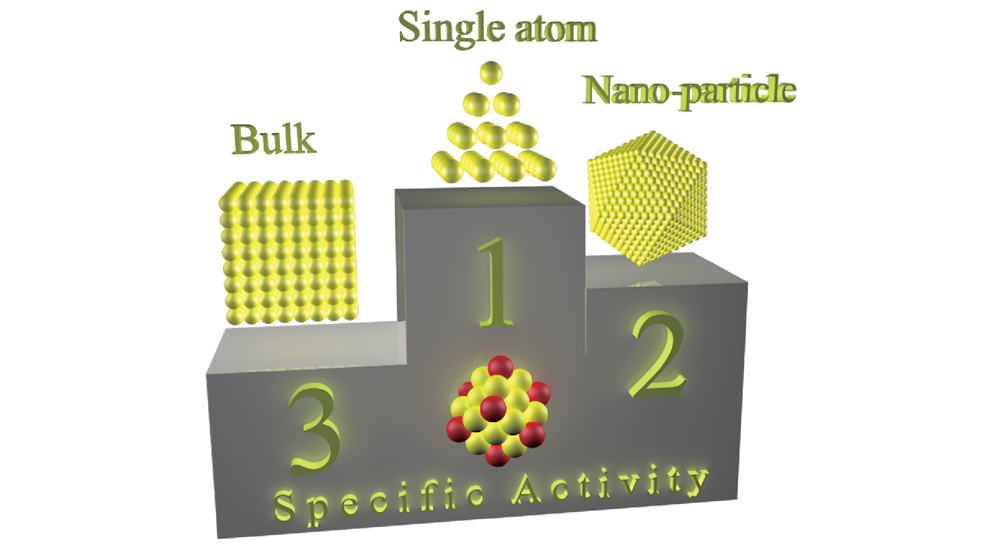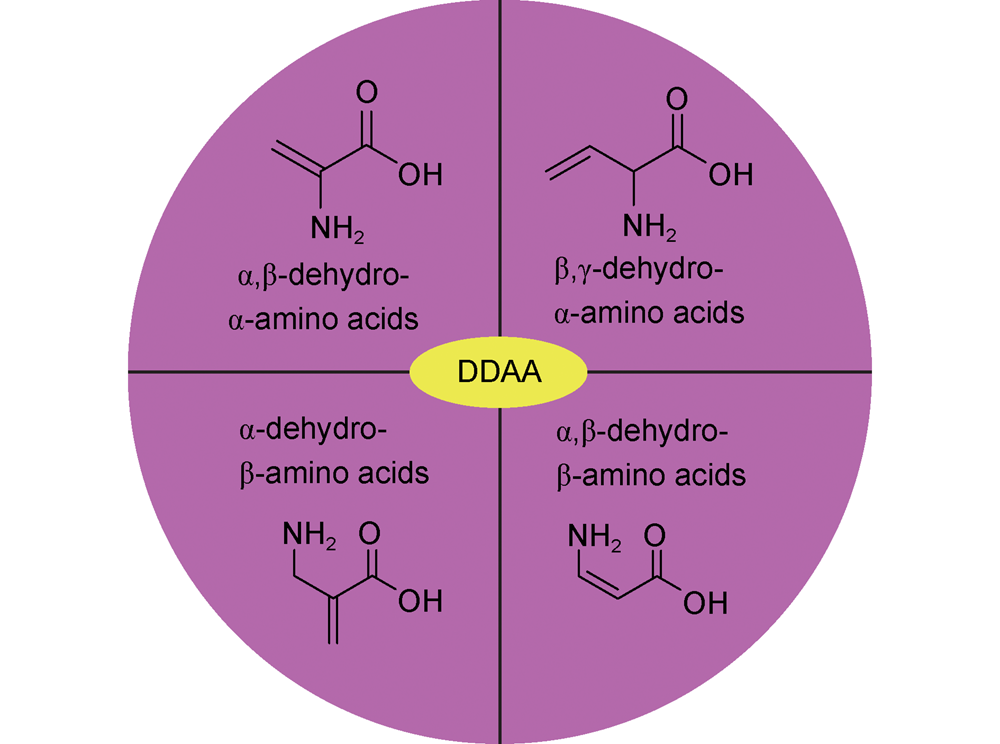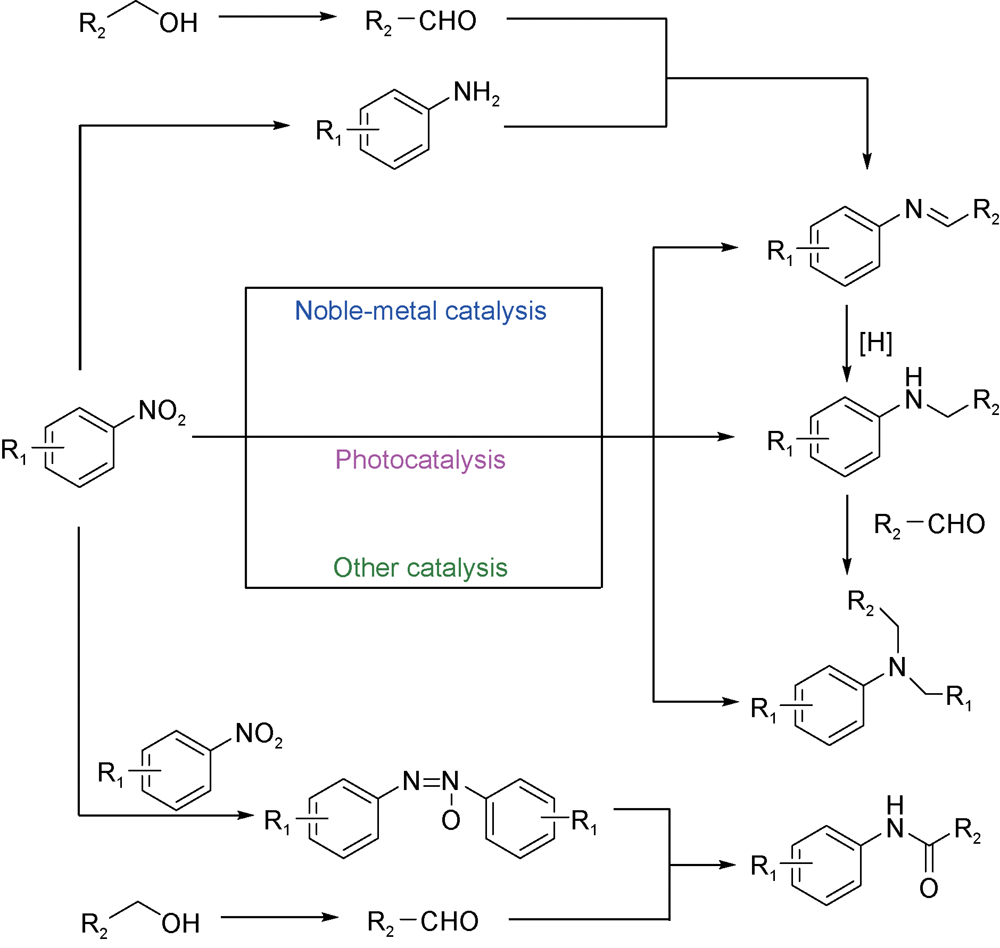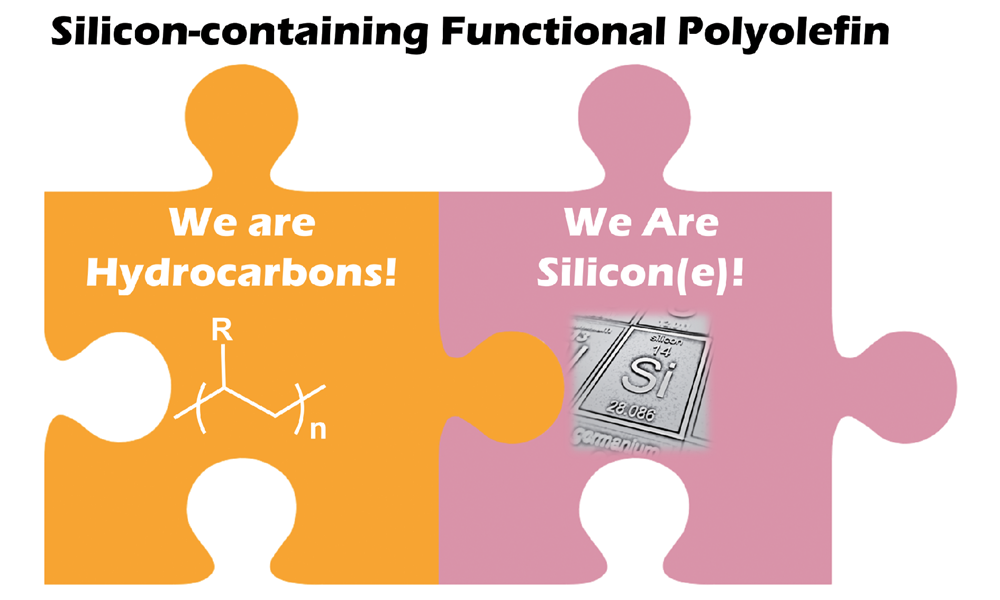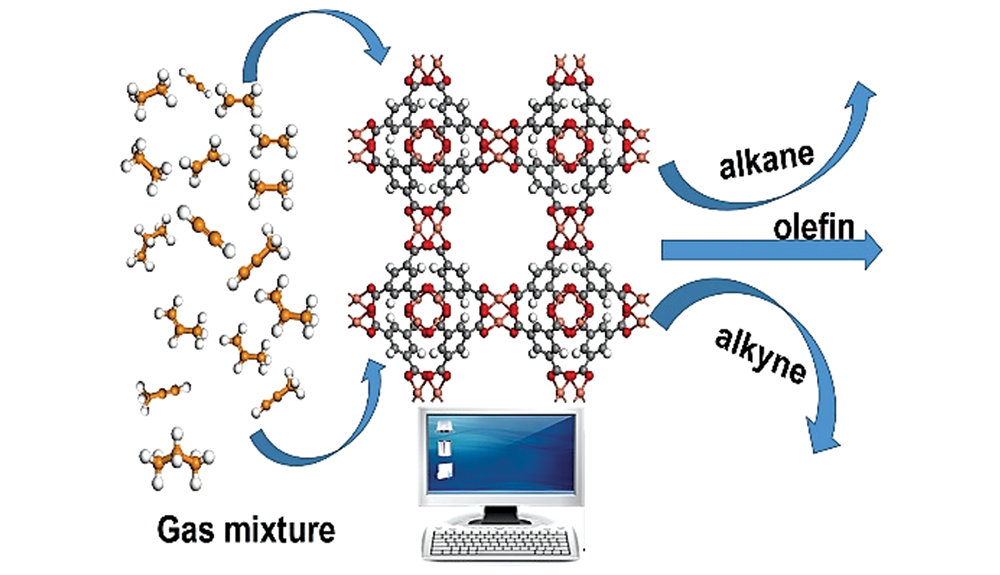Biwu Chu, Qingxin Ma, Fengkui Duan, Jinzhu Ma, Jingkun Jiang, Kebin He, Hong He. Atmospheric “Haze Chemistry”: Concept and Research Prospects[J]. Progress in Chemistry, 2020, 32(1): 1-4.
Air pollution is a major challenge for the humankind. Under the highly complex air pollution conditions in China, strong homogenous nucleation and multiphase heterogeneous processes coexist, coupling with strong atmospheric oxidizing capacity and ozone pollution. This complex air pollution, different from the “London smog” and the “Los Angeles photochemical smog”, is a new type of “haze chemistry smog” pollution. “Haze chemistry” distinguishes from traditional homogeneous chemistry by surpassing its existing theoretical understandings. It is a type of air pollution chemistry that comprehensively studies the gas-liquid-solid multiphase processes, revealing the formation mechanism of PM2.5 and the non-linear relationship between PM2.5 and O3 under typical multi-medium complex air pollution conditions. Understanding “haze chemistry” processes is crucial for precise control of complex air pollution in China and other countries. Here, we propose and summarize the concept of “haze chemistry”, and discuss its further improvement, development, and application.












